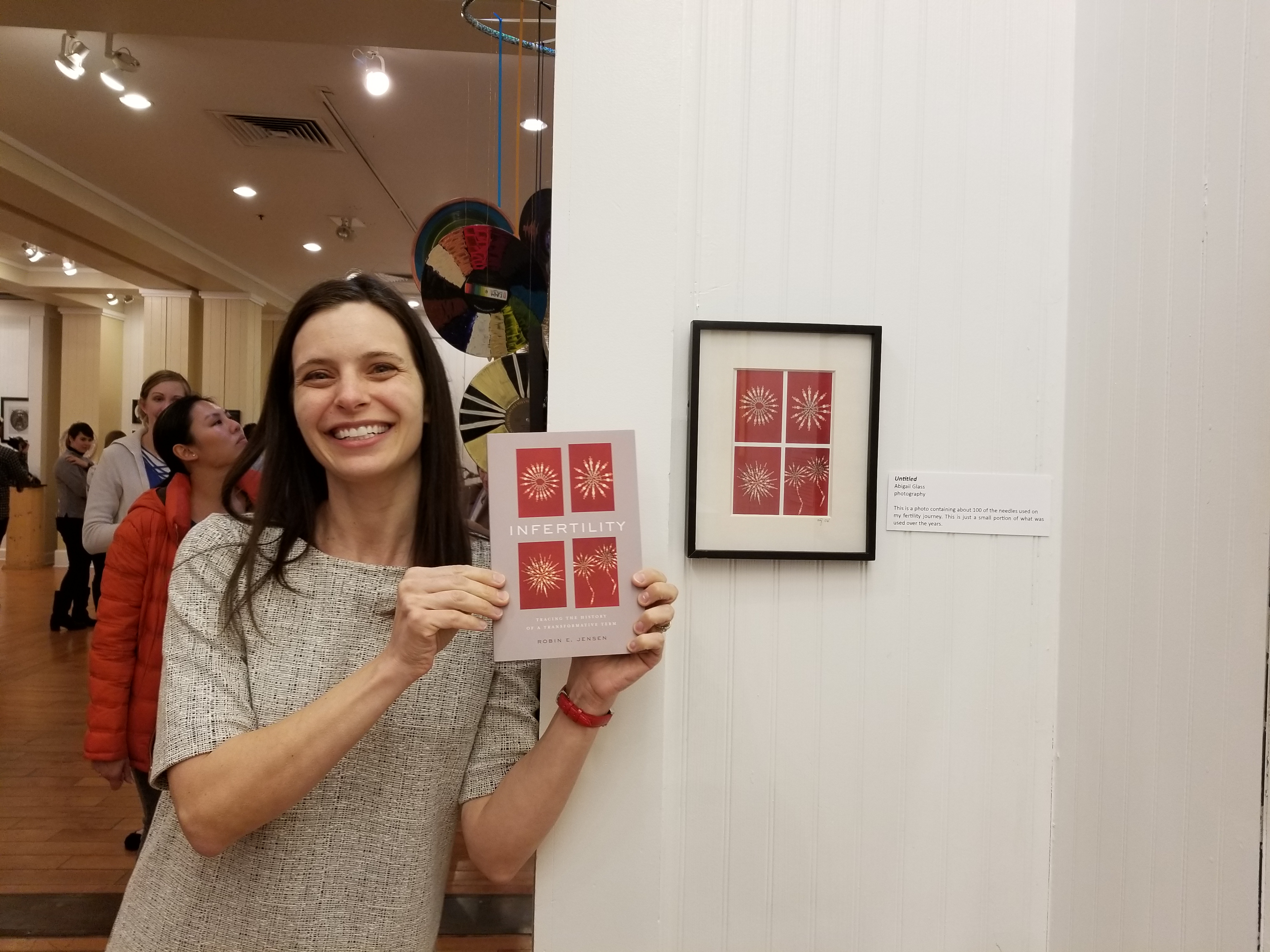Science Communication
Many of my most recent and ongoing research projects are dedicated to exploring how scientific terms, ideas, and fields are represented to, with, and by mainstream publics, as well as theorizing about how non-expert communities engage chemical rhetoric in particular in their day-to-day discourses. My scholarship on this front demonstrates that an underlying communicative infrastructure of chemically-associated talk has guided, and continues to guide, interactions at every level of social engagement. My aim is to continue to explicate what that infrastructure is, how it functions, and what kinds of impact it may have on those implicated in its ecologies of meaning-making.
Communication about Sexual and Reproductive Health
My analyses of arguments about sexual health and education in history have guided and informed my ongoing investigations of contemporary sex-education discourse. I have interviewed current sex-education teachers to identify the barriers they perceive in communicating about sex in the classroom, and I have also conducted interviews with low-income women to assess how their experiences with sex education classes during middle-school and high-school may or may not have affected their family planning decisions and outcomes in the years that followed. These interview studies have inspired my continued analysis of sexual health and HIV/AIDS in contemporary print and oral culture, both in the United States and internationally. These projects are grounded in my dedication to using the tools of rhetoric, health communication, and strategic communication to explicate and improve the state of public sexual and reproductive health.
Women’s Health & Rhetorical History
Often, my interest in sexual health dovetails with my interest in women’s health and rhetorical history. For instance, I have analyzed the writings of the famed aviator Amelia Earhart in an effort to assess not only what she said about women’s health and abilities but also to delineate her persuasive (and ultimately very successful) appeals for continued financial support. My scholarship has also investigated New York Times coverage of the 1876 Brooklyn Theater fire and the 1911 Shirtwaist Factory fire (both of which led to the death of hundreds of women and children) to assess if and how the coverage changed (metaphorically and argumentatively) after the emergence of photojournalism in daily newspapers. These projects have guided me to contribute to ongoing conversations about women rhetors—and the coverage of women rhetors—in history, and inspired me to continue exploring the communicative processes that enable women, BIPOC, and other traditionally underserved populations to advocate for access to healthcare, education, and a political voice.

